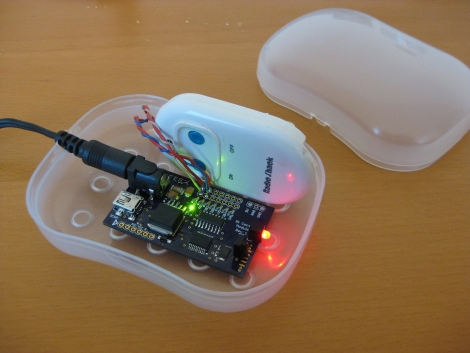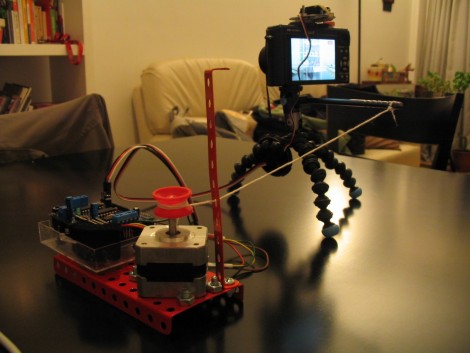
Boeng and the US military found some systems on new P-8 Posiedons to be defective. The culprit: counterfeit electronics. These are scrap parts from 80s-90s electronics that have been re-branded and sold to the government as new. Many of the parts have been linked to dealers in China, but the Chinese government feels no need to pursue this(according to the article).
There is an amendment to a defense operation bill in the works that requires all parts from china to undergo rigorous inspection and testing before installation. Regardless of your stance on military action or military spending or whatever political aspect you want to connect this with, we can all agree that dangerous things designed to destroy stuff and kill people should not have defective electrics, right?
[via Adafruit]

















